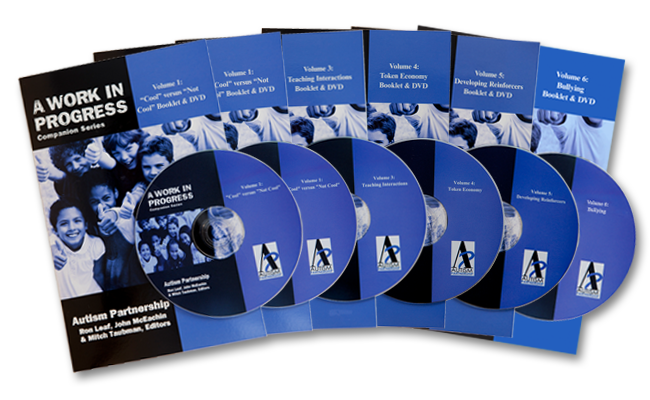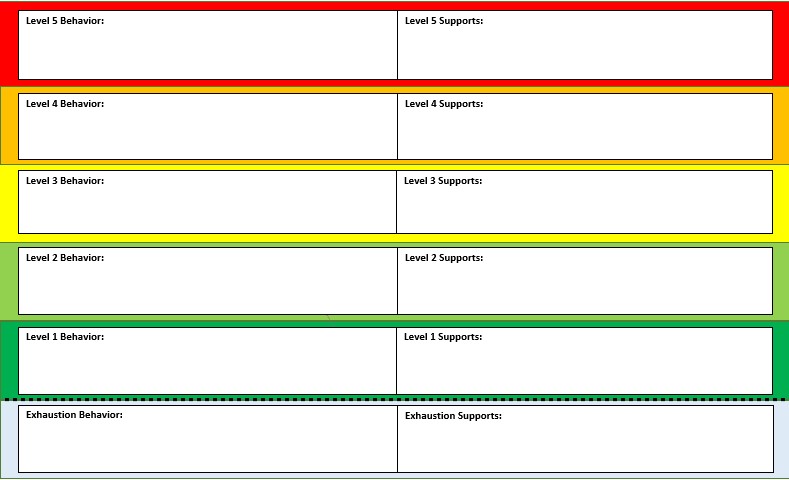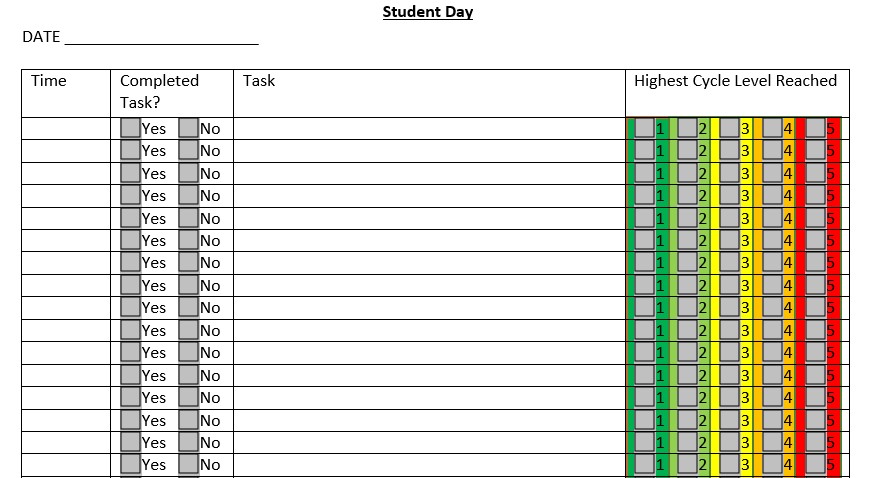Building on the popular guide and curriculum A Work In Progress, this companion series of booklets and DVDs synthesizes information on various teaching strategies with demonstrations of actual sessions with students on video. The Work in Progress Companion Series aims to blend a natural, child-friendly approach to teaching while remaining determinedly systematic. This series offers viewers the unique opportunity to see these approaches implemented in actual teaching environments.
This week, we’re offering the entire Set of 6 Work in Progress Companion Booklets & DVDs for only $99.00 (a $150 value)! Or get one (1) Companion Set for $24.95 only $17.50! Just use our promo code AWIPSET at check-out to redeem these great savings. View our entire sale here.
Parents and teachers will find this series to be a helpful companion and extension to A Work in Progress. All author proceeds from the Work in Progress Companion Series will go directly to the Autism Partnership Family Foundation which was developed to provide services to families with limited resources, fund research that will investigate new strategies and programs that truly make a difference in the lives of children and families, and disseminate information about evidence-based treatment and provide resources for training parents and professionals.
Volume 1: “Cool” versus “Not Cool” teaches students foundational as well as advanced social skills in the difference between behaviors that are socially appropriate (i.e. cool) and those that are inappropriate (i.e. not cool). In later stages, they go on to actually practice the appropriate form of the behavior and receive feedback on their efforts. Research confirms the clinical experience that “Cool” versus “Not Cool” is effective in teaching social skills and enabling students to monitor their own behavior.
Volume 2: Learning How to Learn teaches and demonstrates programs that researchers have found helpful in teaching students how to learn.
Volume 3: Teaching Interactions offers a conversation-style of teaching which adds the all important element of leading students to understand rationales for why they might want to change their behavior and learn new skills. This booklet and DVD teaches students how to develop understanding and insight that help form their internal motivation.
Volume 4: Token Economy provides step-by-step instructions on how to ensure there is a strong connection between the target behavior and the reward that follows. Token economies have a number of advantages and can be very flexible in adapting to the age of the student, the types of rewards used, and the skills and behavioral targets you are seeking to improve.
Volume 5: Developing Reinforcers shows parents and teachers how to be creative in developing new sources of reinforcement, which is especially useful for students who have limited interests.
Volume 6: Bullying & ASD – The Perfect Storm focuses on the tools needed to help children with autism combat bullying. Students with ASD are particularly at risk because of their behavior issues and their vulnerability. This volume provides practical suggestions that help prevent the devastation of bullying.
Buy one (1) volume for only $17.50* this week using promo code AWIPSET at check-out! View our entire sale here!
*Offer is valid for one-time use only through January 26, 2015. Promotion does not apply to past purchases. Be sure there are no spaces or dashes in your code AWIPSET at check-out!


 Yes, sadly it can happen. With 400+ purported treatments for autism, there is no shortage of such whose name begins with an activity, substance, or favorite pastime and ends in the word “therapy.” A cursory internet search would reveal such “therapies” as music therapy, art therapy, play therapy, sand therapy, dolphin therapy, horseback riding therapy, bleach therapy, vitamin therapy, chelation therapy, and helminth worm therapy joining the list of the more established habilitative therapies such as physical therapy, occupational therapy, and speech-language therapy (this is by no means an exhaustive list of the array of “therapies” that are marketed to consumers). Touted therapies can involve all sorts of things. I recall sitting on a panel at Nova University in the late ‘90s with another provider boasting the benefits of llamas and lizards as well.
Yes, sadly it can happen. With 400+ purported treatments for autism, there is no shortage of such whose name begins with an activity, substance, or favorite pastime and ends in the word “therapy.” A cursory internet search would reveal such “therapies” as music therapy, art therapy, play therapy, sand therapy, dolphin therapy, horseback riding therapy, bleach therapy, vitamin therapy, chelation therapy, and helminth worm therapy joining the list of the more established habilitative therapies such as physical therapy, occupational therapy, and speech-language therapy (this is by no means an exhaustive list of the array of “therapies” that are marketed to consumers). Touted therapies can involve all sorts of things. I recall sitting on a panel at Nova University in the late ‘90s with another provider boasting the benefits of llamas and lizards as well.






 While I find a specific tool like the
While I find a specific tool like the 
